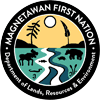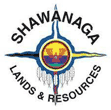Monitoring
Monitoring Reptiles and Amphibians in the GTA
We have used radio telemetry to track the movements of Snapping, Northern Map, and Blanding’s turtles in the GTA. Wild turtles are captured and we attach small, temporary transmitters to their shells. After release, the turtles are re-located multiple times each week with the aid of a receiver tuned to the frequency of each turtle’s transmitter. This allows the researchers to “tune in” to each turtle in the same way that we tune in to radio stations in our cars, and to track each individual turtle, one-at-a-time. Tracking urban turtles provides us with important information about their foraging areas, overwintering sites, and nest habitats.
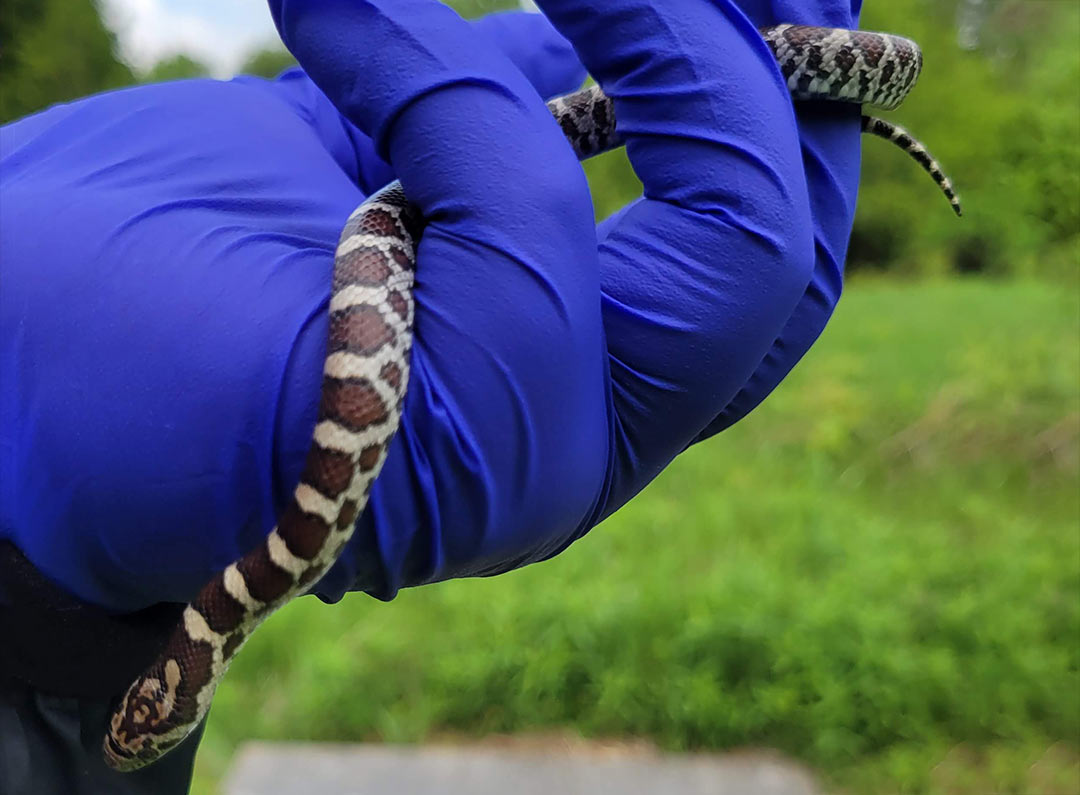
In addition to the turtle work underway, we have monitored snake populations throughout Rouge National Urban Park (RNUP) since 2011. Geo-referenced artificial cover objects (plywood boards that provide artificial cover habitat) were placed in strategic areas to determine the distribution and long-term health of eastern milksnake populations within RNUP, and to identify appropriate mitigation strategies to protect the species from future declines. An additional benefit is the incidental monitoring of the other snake populations in the area.
We also have monitored frog populations within RNUP through acoustic surveys. Compared to the active monitoring work done for snake and turtle populations, this work is passive. Acoustic monitors detect the unique call of each frog species which are analyzed to identify the range and trends of these species in urban environments.
Community Science Initiative
We also monitor local and provincial turtle and frog populations by inviting members of the public to report turtle sightings to Ontario Turtle Tally and FrogWatch , respectively. This information helps us to increase our understanding of turtle and frog distribution and ranges far beyond what we would be able to survey ourselves. These locations can be anywhere that the citizen scientist is able to access- parks, local wetland systems, backyards, and beyond! The information submitted to both Turtle Tally and FrogWatch is critical in identifying areas of concern and threats to these species and to ensure that mitigation measures, including turtle and snake crossing signs and Eco Passages are installed in the most worthwhile locations. Last, and certainly not least, these programs are an excellent way to get outside and have fun!
Blanding’s Turtle headstarting and Reintroduction
The Toronto Zoo raises and reintroduces juvenile Blanding’s turtles into natural and created wetlands associated with the Rouge River Watershed in Toronto, Ontario. Many of these wetlands have been created or enhanced by the Toronto and Region Conservation Authority, and much of this area is now within the Rouge National Urban Park. This is Canada’s first national urban park and one of the largest parks of its kind in the world! We work under authorizations and permits provided by Parks Canada, the Ontario Ministry of Natural Resources and Forestry (MNRF), the Ministry of the Environment, Conservation, and Parks (MECP), and in coordination with these agencies, as well as Georgian Bay Biosphere, Magnetawan First Nation, Shawanaga First Nation, and Toronto Region Conservation Authority (TRCA) to follow best practices and ensure ongoing success. In 2023, financial support for this ongoing project is being provided by Ontario Power Generation and Parks Canada.
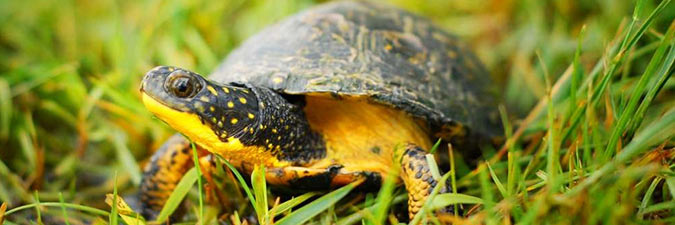
The Blanding’s turtle, a long-lived species with a life span of up to 80 years, is listed as a threatened species both provincially and nationally. This species has inhabited the Rouge Valley for thousands of years; however, prior to the initiation of the Toronto Zoo’s headstarting program, Blanding’s turtles were facing almost imminent local extinction in this area, with as few as six individuals remaining.
After over a decade of monitoring turtles what is now the Rouge National Urban Park (RNUP), the Toronto Zoo’s Adopt-A-Pond Wetland Conservation Program began to supplement the Park's declining Blanding’s turtle population with headstarted juveniles as part of a comprehensive approach to species recovery, which also included habitat creation, academic research, stewardship initiatives, and outreach and education efforts to save this species from local extinction. With funding from Parks Canada, and project support from the TRCA and the MNRF, Adopt-A-Pond staff were able to release the first group of headstart turtles into the wilds of RNUP in 2014. As of the end of 2022, 603 Blanding’s turtles have since been released, of which 374 were released as two-year-old headstarts and 229 were released as hatchlings. Two clutches, totaling 16 hatchlings were collected from remnant adults within RNUP, which is essential in preserving the local genetics of this species.
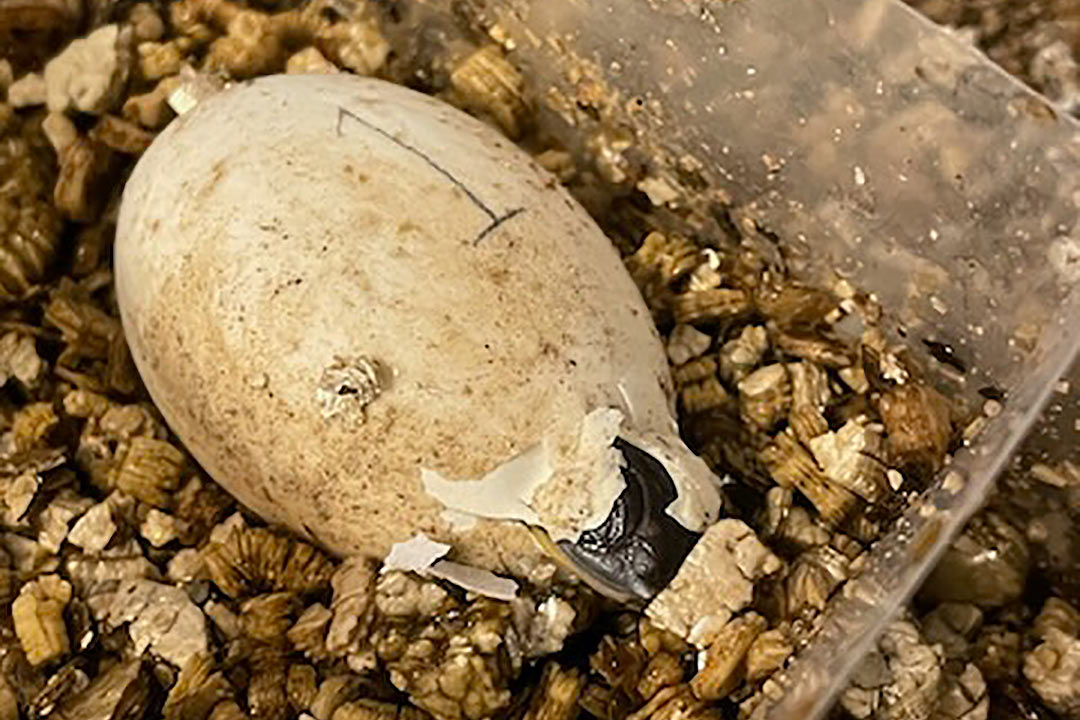
The headstart turtle eggs are collected under permit from stable source populations in Ontario, from at-risk nest sites where eggs would otherwise not survive to hatching. This includes nests from construction sites and tilled farm fields. The eggs are incubated and hatched, and then the hatchlings are raised in a controlled environment at the Toronto Zoo for two years before they’re released back into the wild.
When baby Blanding’s turtles are first born they are very soft and about the size of a loonie, making them an easy meal for any predator that can fit the tiny turtle in its mouth. The Toronto Zoo raises headstarts to about the size of a baked potato. At this point their shells are much harder and they are large enough to evade most predators (like raccoons, skunks, foxes, coyotes and crows), thereby giving them a headstart in life!
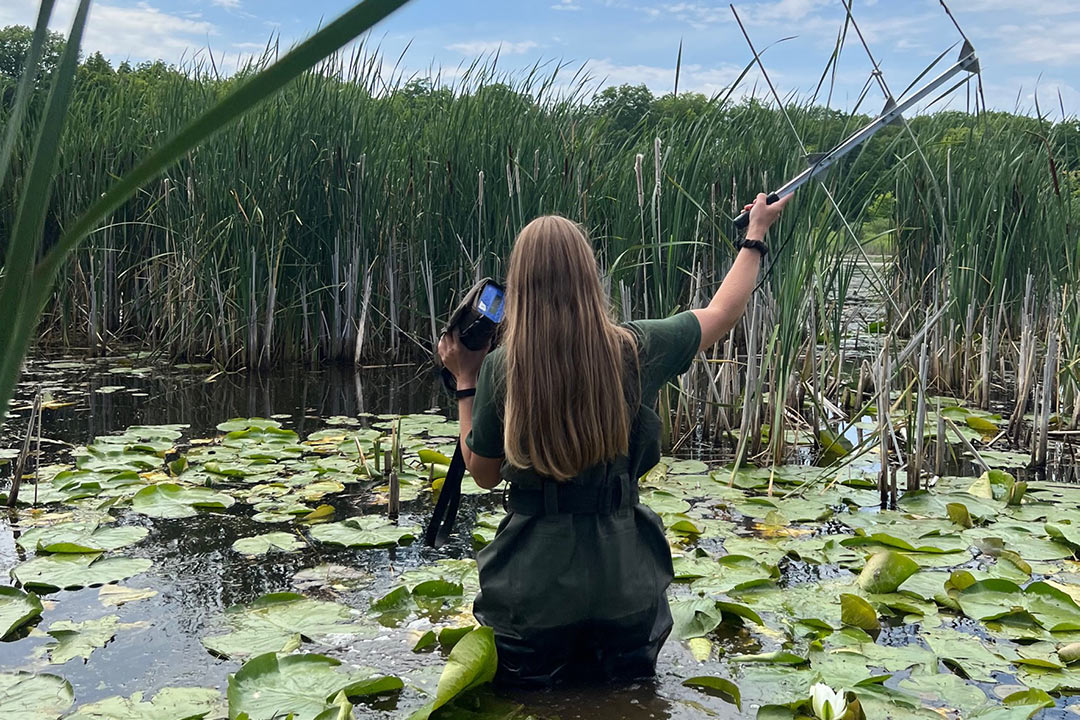
Ongoing research and habitat creation are also a big part of the headstart project. Our goal is to release approximately 50 young Blanding’s turtles back into the wild each spring. To keep track of their movement and survival staff from the Toronto Zoo attach tiny radio transmitters to each of their shells. We continue to monitor the turtles as they interact with their new environment and undergo important milestones such as migration and hibernation. The information gained from monitoring these turtles will help to inform us about their habitat requirements and help us to understand what we can do to ensure they are continually provided with suitable areas to live.
The University of Toronto (Scarborough) and Laurentian University have supported multiple graduate students in assisting with this long-term project. Information gained through these student’s work has informed alterations to our methods to increase the likelihood that the project ultimately leads to a sustainable population of Blanding's turtles in this area. Parks Canada, TRCA, and the Toronto Zoo have also participated in long term habitat improvement projects, including wetland restoration, the creation of nesting habitats, and the construction of a road way eco-passage that will promote this species’ long-term survival and sustainability in the Rouge National Urban Park.
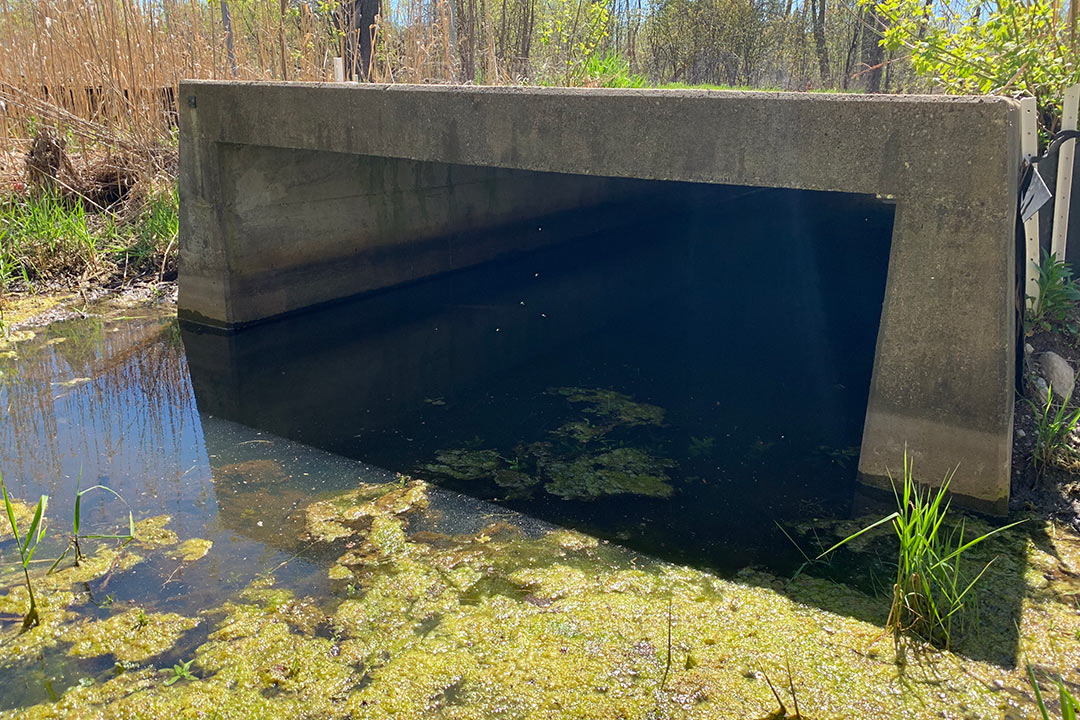
Long-term partnerships with Environment Canada, the Ontario Ministry of Natural Resources and Forestry, and Toronto Region Conservation Authority has greatly enhanced the Blanding’s turtle monitoring and headstart project by providing funding, permits and in-kind contributions to conduct research on Blanding’s turtles in the Rouge Valley. In 2023, funding for this ongoing program is being provided by Ontario Power Generation and Parks Canada.
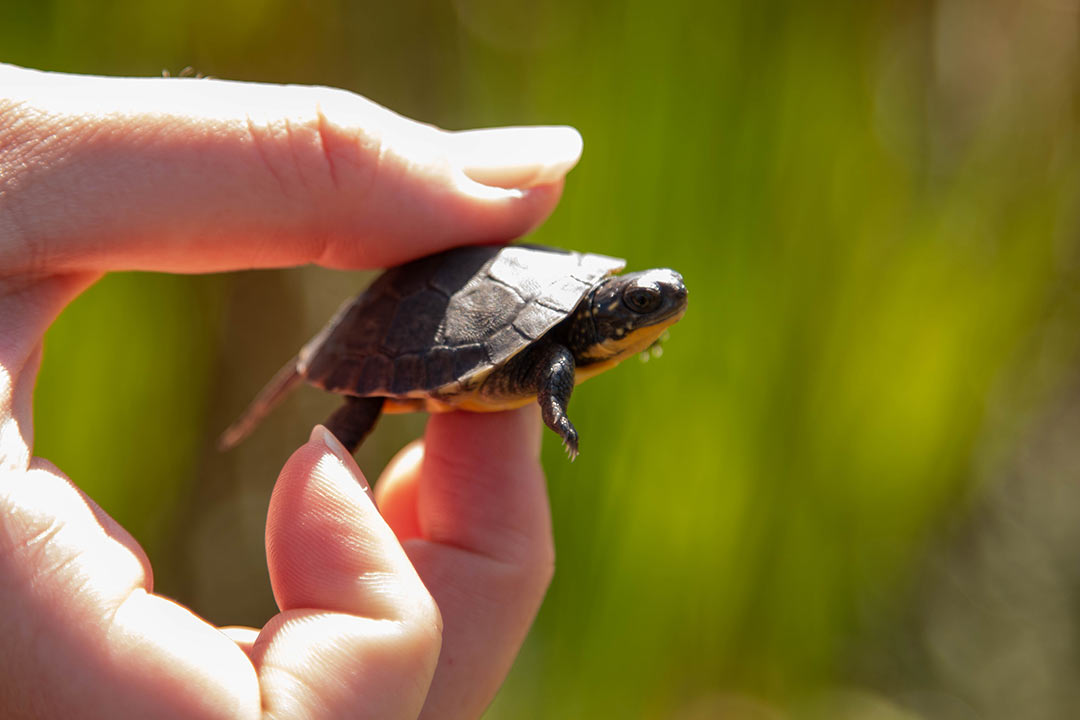
Blanding’s turtles are an excellent species upon which to model wetland protection initiatives. Blanding’s turtles use a variety of different wetland habitats throughout their life cycle, including swamps, marshes, ponds, vernal pools and connecting travel corridors like ravines and rivers. Protecting Blanding’s turtles and their habitat goes a long way to benefit other native turtles, birds, fish and amphibians that use the same wetland homes. Together, we can focus on saving habitat for one species to save an entire ecosystem!




